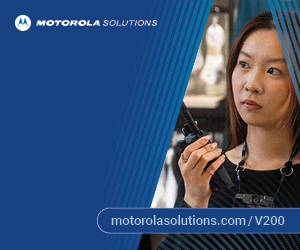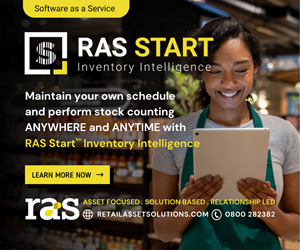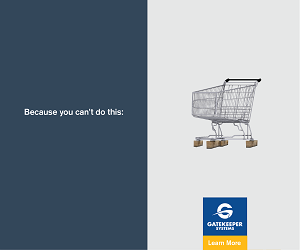industry focus
Bridging the gaps in retail security with cloud-based automation
Retail loss prevention teams are facing growing challenges: from increased shrink to more complex threats, and the need to manage large store networks with fewer resources. At the same time, thieves, fraudsters, and vandals continue to cause losses—from stolen stock to damaged goods and store fixtures.
Yet many retailers are still relying on ageing alarm panels, outdated sensors, or fragmented video systems, making it harder to respond quickly and consistently.
A common problem arises when an alarm is triggered, but no one can confirm whether it’s a genuine incident. By the time someone checks the system—if it’s even connected to live video—the event has passed, and there’s little chance of a meaningful response.
Cloud-based VMS (video management systems) that support automation are now helping loss prevention professionals respond faster and more effectively.
Automated Rules That Drive Real-Time Action
With the Eagle Eye Cloud VMS, security teams can define specific rules based on real-world events. If motion is detected after trading hours, the system can immediately activate lights, send alerts to a phone, or notify a monitoring centre. If a vehicle on a watch list enters the car park, automatic number plate recognition can trigger a voice warning, alert the monitoring centre, or notify store personnel—without waiting for human intervention.
This shift from passive monitoring to automatic response ensures that teams can focus on actual threats rather than manually reviewing systems or responding to false positive alarms.
Making Legacy Devices Part of the Workflow
Many retailers already have sensors, strobes, and alarm panels in place. These devices are still useful but are often disconnected from newer systems. Eagle Eye Networks enables integration between traditional hardware and the cloud video management system—transforming door contacts, motion sensors, and other older devices into smart triggers.
For instance, if someone opens a stockroom door after hours, the system can start recording immediately, send an alert to loss prevention, and activate a loudspeaker message to deter unauthorised access.
Consistent Oversight Across Multiple Locations
Retailers with multiple branches often struggle to maintain consistency. Policies differ store to store, depending on local setup or staffing. A cloud-based video management system allows loss prevention teams to create and enforce automation rules across all sites—without the need for on-site configuration.
That means the same event, such as motion after hours or a forced entry, will trigger the same response whether it happens in Manchester, Bristol, or Aberdeen.
Fewer Resources, Greater Visibility
With automation, retailers reduce reliance on constant human monitoring. The system highlights what matters and filters out noise, giving lean security teams better oversight without adding headcount.
Loss prevention professionals are always expected to do more with less. Smart automation ensures they can respond quickly, apply consistent protocols, and use existing tools more effectively—reducing shrink while improving team efficiency.






